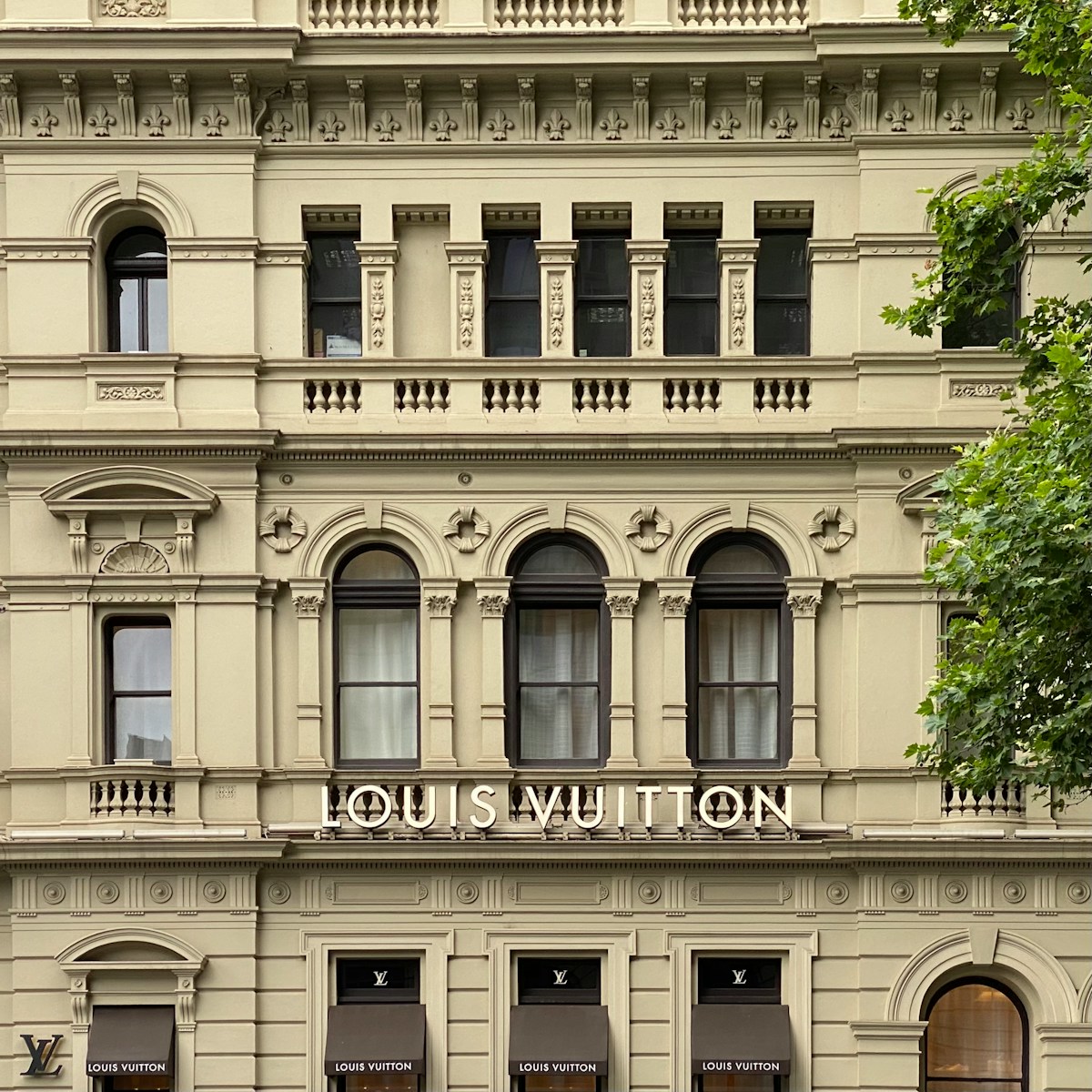Ai And Retail : LVMH Leaves The Retail Competition Behind In Technological Development
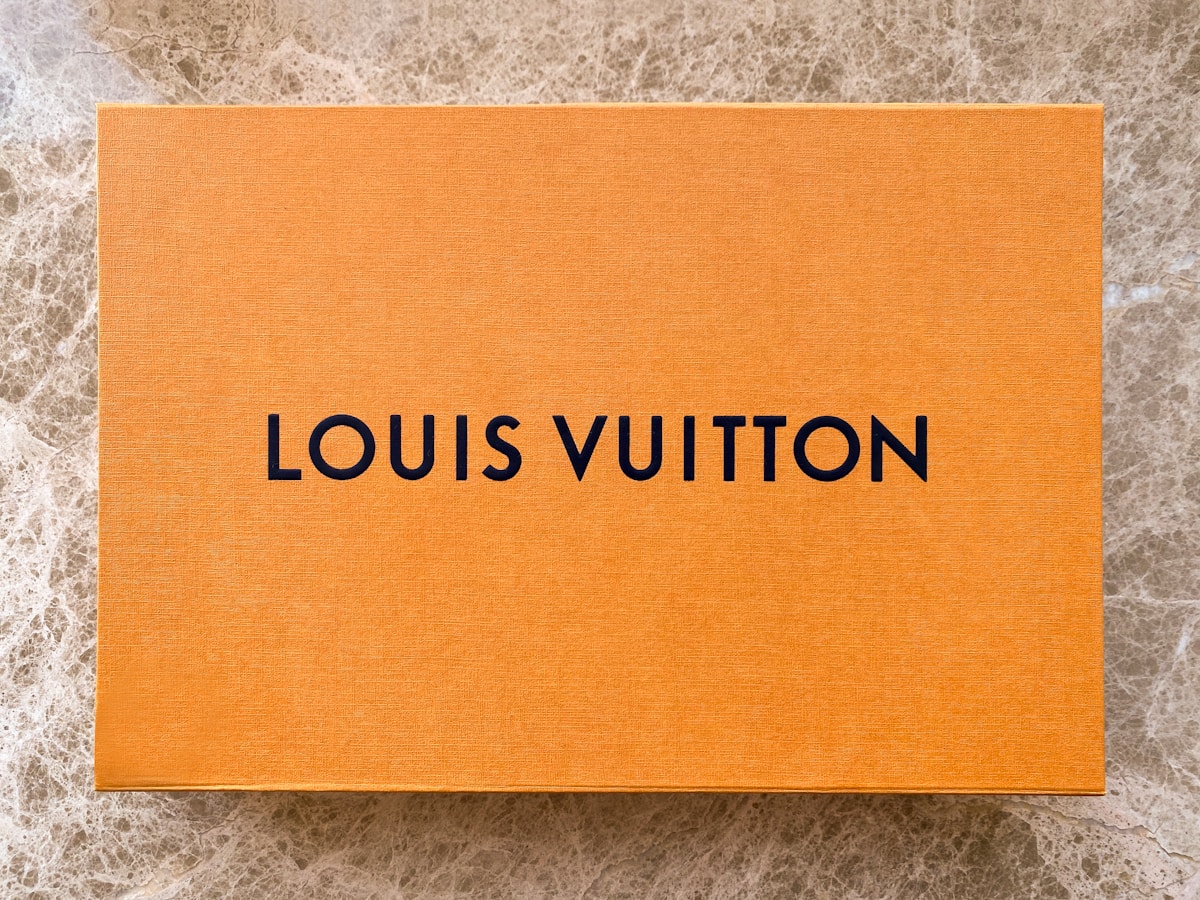
Inherently different; technology and artisans need to find coexistence in the modern world of luxury fashion and goods. Luxury expensive purchases require a high level of quality, and consumers buy into the lifestyle of a handmade and durable product. Yet, to keep up with demand, luxury houses have had to reconcile the two seemingly contradictory qualities of automation and hand craftsmanship.
LVMH (Louis Vuitton Moet Hennesy) provides an excellent framework for the luxury goods market’s move into a more tech-based future.
Both by implementing proven techniques to streamline their production, and by sponsoring future technologies, LVMH pioneers a future where luxury can coexist with mass manufacturing.
By rearranging their production to achieve lean manufacturing, the company has seen a reduction in costs and far more effective production. In the traditional luxury model, highly specialized workers perfect one part of the long journey to create one item. Teams of individual workers have their separate workspace along an assembly line.

In their Louis Vuitton factories, they used multitaskers and rearranged the workspaces into U shape. Now, teams collaborate on creating a product, vastly speeding up the times it takes to produce a handbag. But, simple interior redesign has not been the only research innovation LVMH has introduced.
Creating simple technological systems for workers to report defects early on in the process, LVMH has managed to diminish excess waste of time and money in creating a defective good.
LVMH is not the inventor of this idea.
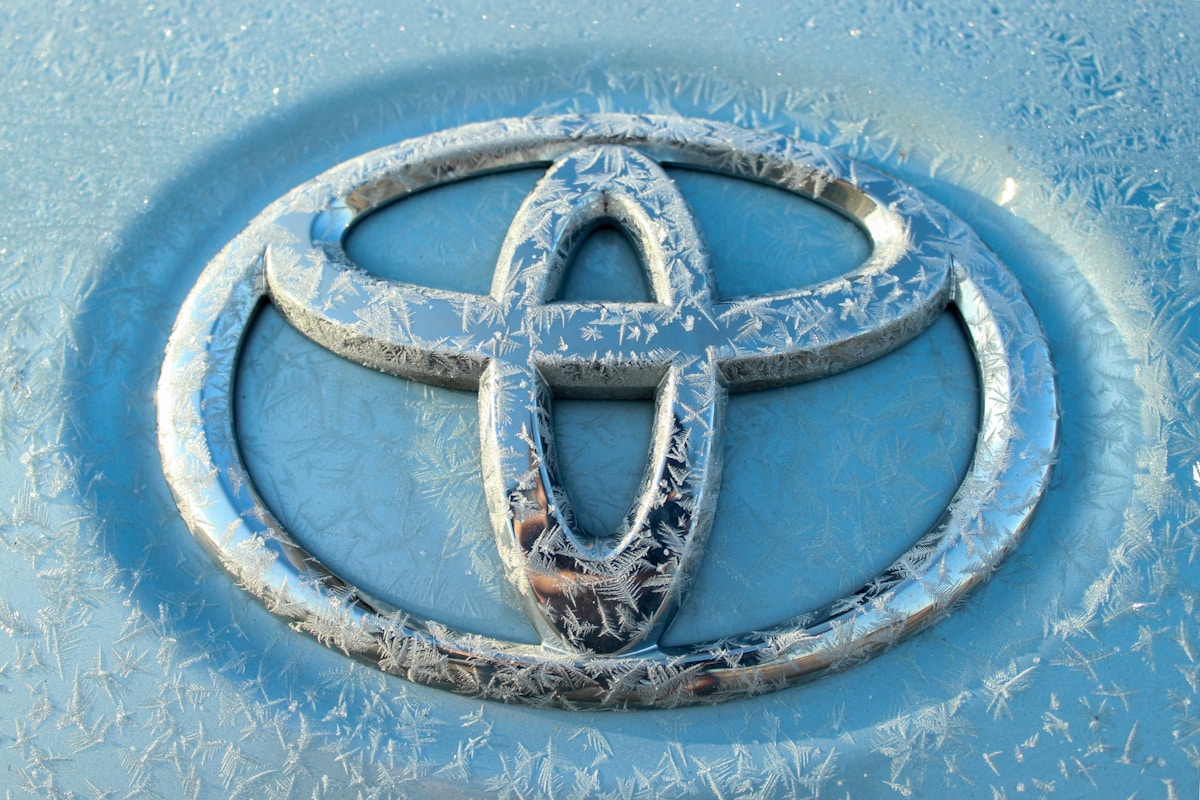
Based off of Toyota, they are attempting to employ Kaizen: “continuous improvement.” Based on 5 founding elements of teamwork, personal discipline, morale, quality circles, and suggestions for improvement, businesses strive to remove waste and improve the process incrementally. Kaizen benefits both the business and the customer because they can achieve the optimal price for their product.
For LVMH, their main concern was identifying waste, both in the waste of time of laborers and materials involved.
Through their small changes in interior set up and assignment, they were able to streamline their production. In the spirit of Kaizen, LVMH became a much leaner manufacturer. Resulting in quicker transport to stores to meet customers demand and fewer returns for defective goods; benefitting both business and consumer.
However, the concept of Kaizen is not limited to LVMH, and the brand pioneers new technologies along with predeveloped ones. LVMH also spearheads developing technologies themselves. Following the appointment of their new digital chief executive, Ian Rogers, in 2015, the company has put an emphasis on developing their digital presence.
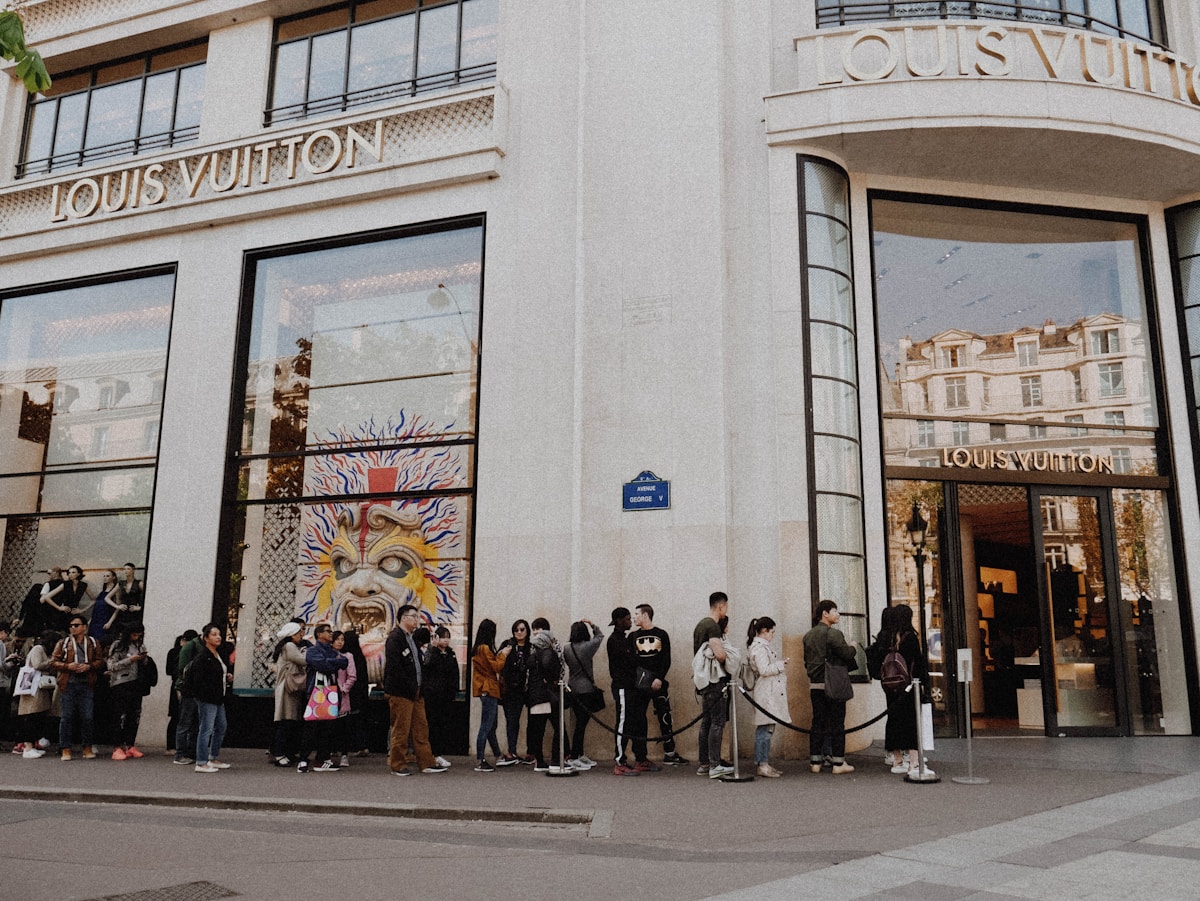
With this new mandate, the company has begun sponsoring special technologies with the purpose of servicing the digital consumer.
Specifically the company has turned towards AI. In the words of Ian Rogers; “AI is going to affect everything we do.” In 2019, the company awarded their Innovation Award to 3DLook, a body-scanning app relying on AI and AR to take body measurements from photos. This technology would measure a person through their camera and determine their measurements for the right-sized garment. Hopefully, this development would decrease the number of returns for a retailer. Already available to Nike, this new technology will be immensely useful for online retailers.
LVMH also sponsors their own technology.
They are working on Aura: a tool employing blockchain technology to track goods in its supply chain to ensure their authenticity.
Developed with the help of New York blockchain software firm ConsenSys with Microsoft technology, this tool would help combat the prevalence of forgeries. Ironically, thanks to technology, fakes have become ever easier to produce and harder to detect.
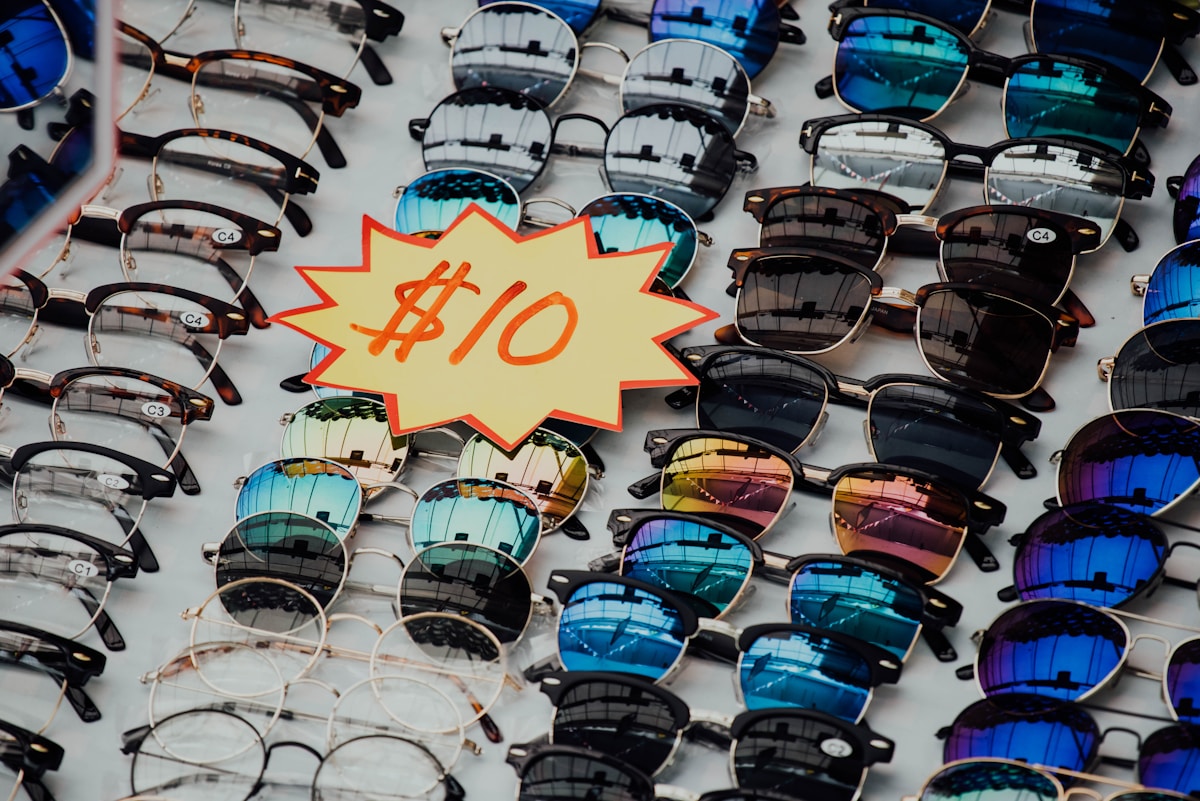
Ensuring their brand continues to ensure authenticity for their customers will further protect the brand from losing money from well-made fakes. Making the history of the assets unalterable through blockchain ensues authenticity from the beginning to end of the supply chain.
LVMH however does not exclusively produce handbags, and while the models they provide and research will change the digital landscape of fashion, they have their other products to address. As an unnamed source points out: “LVMH is not one company.
It’s a combination of different Maisons and each of those Maisons have their different governance, have their different policies, have their different organisational structure.”
While blockchain is easily applicable to all products in tracking their authenticity, employing Kaizen will vastly differ for each product.
How can a bottle of alcohol follow the same production journey as a leather good?

LVMH has used technology successfully to explore the new global digital landscape for fashion, but their wide offerings might require different approaches. The company will have to separate each maison and evaluate within for spaces of improvement.
LVMH uses and develops technology and concepts to better their maisons for the inevitable jump to majority online-based technology. By focusing on reducing waste at all points of their products' journey from defects to returns, the brand loses the least amount of money.
In conclusion, as shopping turns ever more online, the brand must continue to develop technologies to ensure the best experience for the virtual customer.
